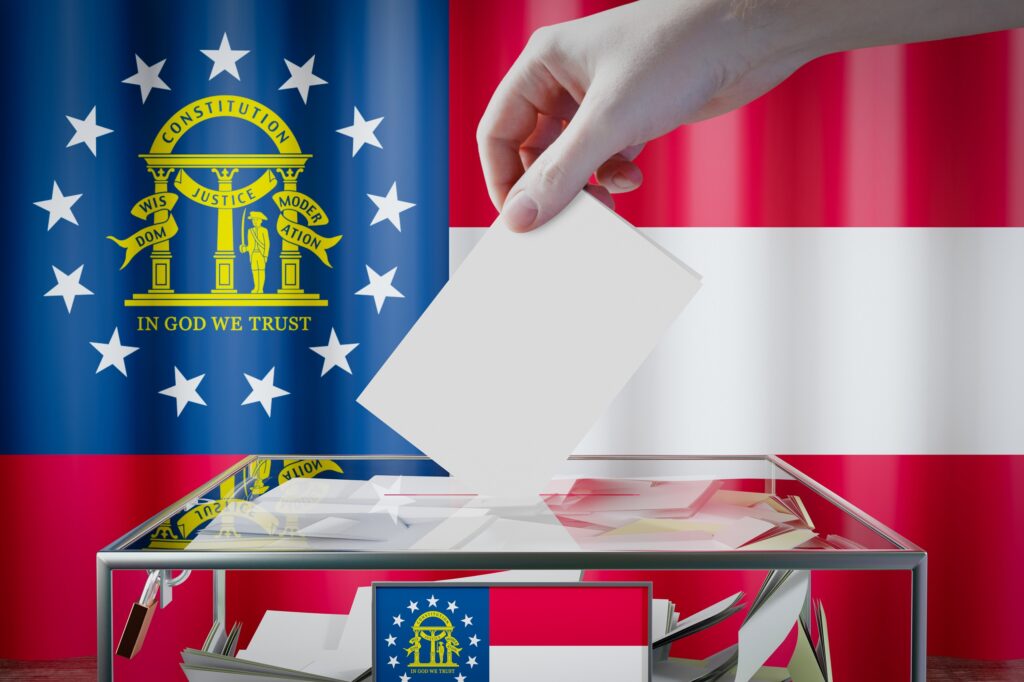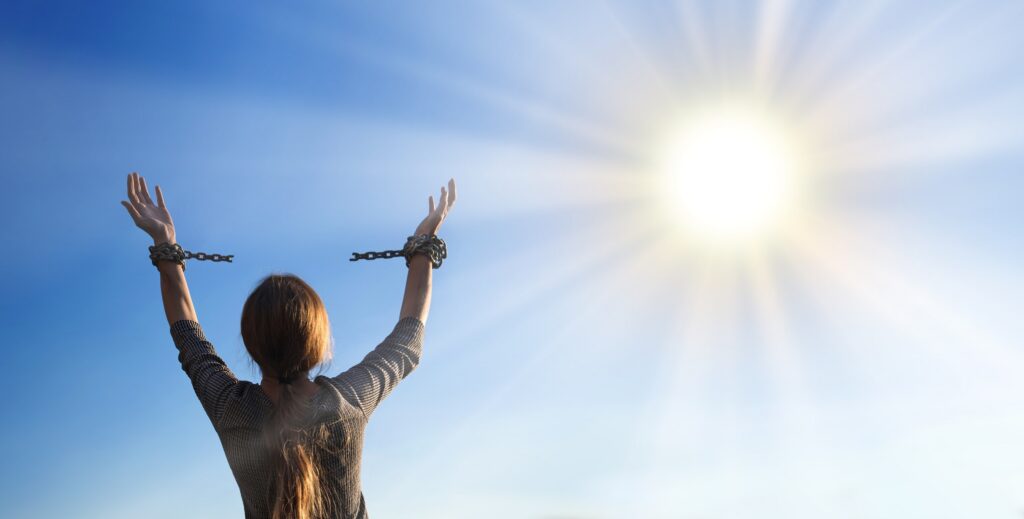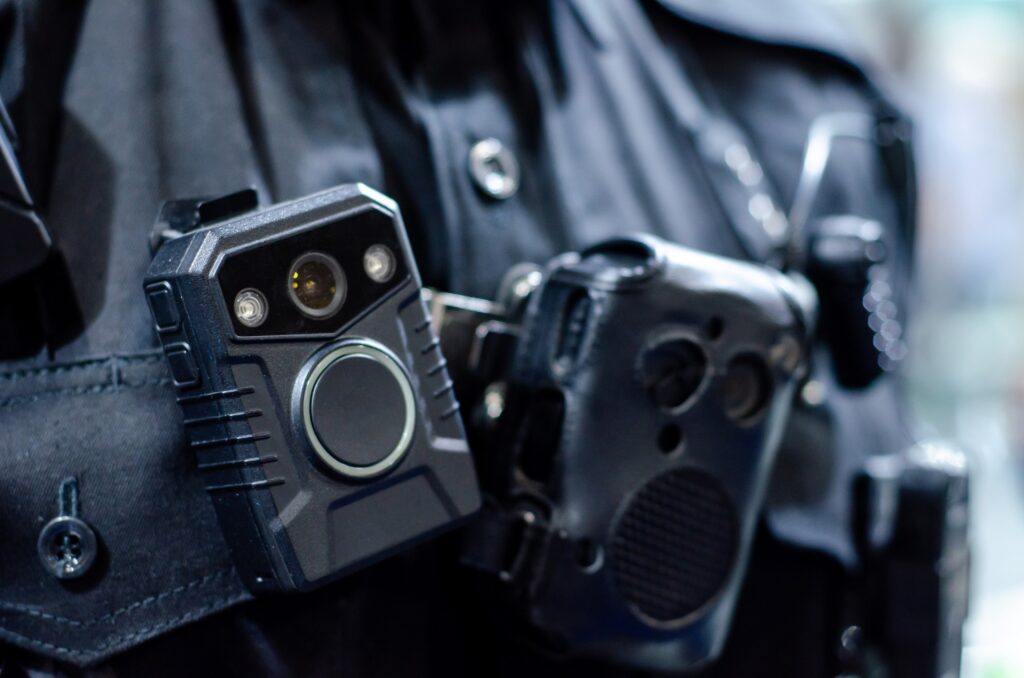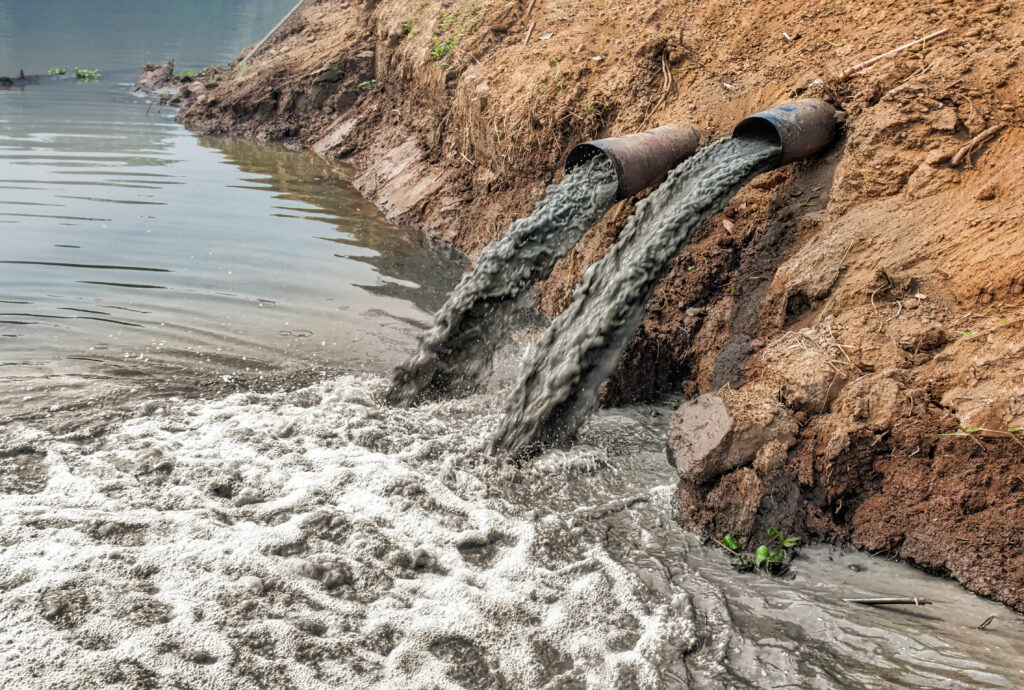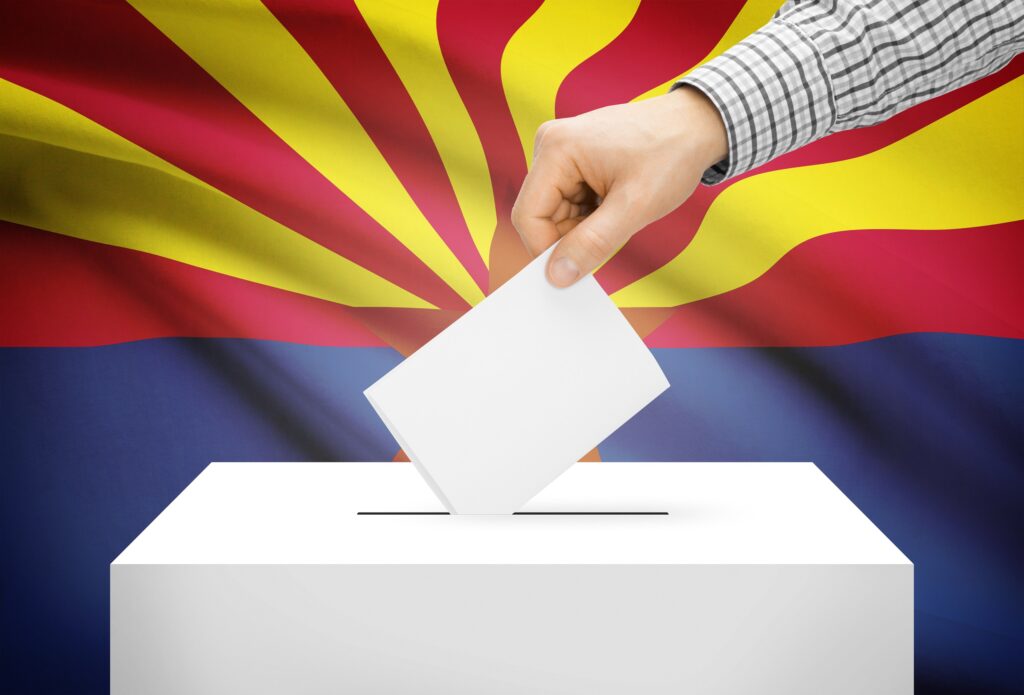Alarm Bells for MDLS: How Bad Science Gets Through the Courtroom Door
- Share via Email: Alarm%20Bells%20for%20MDLS:%20How%20Bad%20Science%20Gets%20Through%20the%20Courtroom%20Door
- Share via Facebook: Alarm%20Bells%20for%20MDLS:%20How%20Bad%20Science%20Gets%20Through%20the%20Courtroom%20Door
- Share via Twitter: Alarm%20Bells%20for%20MDLS:%20How%20Bad%20Science%20Gets%20Through%20the%20Courtroom%20Door
Author
Key Points
Devised by Congress over 50 years ago, the multidistrict litigation (MDL) system has considered over 600,000 cases and millions of claims. Today, it serves as a significant cornerstone of federal litigation, encompassing roughly half of all federal civil cases. Yet, unlike other civil litigation areas, judges are given extraordinary discretion on how cases proceed and how dubious scientific claims advance to trial.
The most common problems are premature judicial encouragements to settle and a lack of universal rules for MDL cases, resulting in unnecessary delays and inconsistent pretrial decisions that are often made without independent scientific analysis. Worse still, there is little opportunity to appeal these decisions until much later in the litigation, often draining litigant resources and forcing bad settlements that are based on a poor scientific foundation.
Both the federal judiciary and Congress should seriously consider the value of amending the Federal Rules to allow interlocutory appeals of certain pretrial MDL orders. In addition, judges should more readily consider independent technical advisors to help them consider difficult science questions. Doing so would assist judges in their gatekeeping role and help ensure retained experts reach good-faith conclusions.
Press Release
Introduction
During the COVID-19 pandemic, polling suggested that more Americans trusted scientists and expert agencies—like the Centers for Disease Control and Prevention (CDC)—to provide accurate information about the pandemic than the national news media or elected officials. Even before the pandemic, Americans had a favorable view of scientific experts. According to a 2019 Pew Research Center study, over 80 percent of U.S. adults are confident that scientists act in the public’s best interests. Approximately 60 percent believe that scientists should play an active role in policy debates.
These figures support the obvious. In many areas of life, the public is exposed to numerous complexities. To make the best decision for themselves, people often rely on subject matter experts; people who have expertise in one area can distill all the available information into practical and independent advice. People with concerns about their health may be referred to a medical specialist. People with small businesses may work with specialized accountants and financial advisors. People interested in selling or buying a home will often work with a real estate agent. The experts change as the issue changes.
The same logic applies to public policy. Legislators at the state or federal level come from all walks of life, with various professional and personal experiences. As a result, legislators are often generalists tasked with addressing a problem with little background on the subject. To better address these issues, legislators rely on staff and consult outside experts, who often brief staffers and lawmakers or present their views during public hearings. Especially at the federal level, legislators often refer complex science and technology questions to agencies to create well-informed rules and requirements for businesses and individuals across the country.
Yet, this commonsense reliance on expertise found in other areas of society often stops at the courthouse door. In federal cases concerning complex scientific evidence and expert testimony, trial judges are tasked with weighing the available evidence and solely determining what evidence will be presented at trial, all with little outside assistance. As held in the 1993 Supreme Court case Daubert v. Merrell Dow Pharmaceuticals (Daubert), trial courts have the sole gatekeeping function to ensure both the relevance and reliability of scientific expert testimony.
This is a difficult challenge for any decision maker—let alone a legal generalist with no unique familiarity with the scientific claims or dispute, and the conundrum it produces has not gone unnoticed. As Chief Justice Rehnquist warned in Daubert, this legal requirement forces trial judges “to become amateur scientists.”5 Justice Stephen Breyer similarly warned a few years later that Daubert requires “judges to make subtle and sophisticated determinations about scientific methodology and its relation to the conclusions an expert witness seeks to offer.”
Beyond forcing judges to substitute their black robes for white lab coats, this approach offers numerous opportunities for abuse by litigants and the promotion of bad science before well-meaning judges and juries at trial. After all, good science is not necessarily the aspiration for litigants and their attorneys. When difficult science questions are debated at trial, they are done to secure a legal victory and likely monetary gain (or to prevent economic loss). As a result, thoughtfully resolving difficult science questions—although likely dispositive to a case—is ultimately irrelevant to most litigants who debate these questions in court.
Because of litigation’s misaligned incentive structure, good or reliable scientific claims are not necessarily presented to judges, who are nevertheless tasked with determining whether these potentially misleading claims should be presented to a jury. Consequently, judges are often unassisted when cutting through the fog of data and retained experts who all purport to be the authoritative voice on a particular issue. This fog potentially leads to several undesirable results, including the admittance of bad science or a “battle of the experts,” where a number of claims are introduced at trial with the intention of having a lay jury sort it all out.
Regrettably, the current tools offered to judicial factfinders to cut through this fog are unwieldy and defective. The problem becomes vastly more apparent in multi-district litigation (MDL), a situation where large numbers of cases that appear to have similar factual questions are consolidated and collectively sent to one court to resolve pretrial motions and discovery. Although the MDL system is intended to provide consistent rulings and conserve judicial resources, the process presents numerous challenges to judges as well as litigants, impacting litigation strategy, settlement and potential trial results.
Devised by Congress over 50 years ago, the MDL system has since concerned “over 600,000 cases and millions of claims therein.”7 Today, it serves as a significant cornerstone of federal litigation, encompassing roughly half of all federal civil cases. Yet, unlike other civil litigation areas, judges are given extraordinary discretion on how cases proceed and how dubious scientific claims advance to trial.
The most common culprits are strong judicial encouragements to settle and a lack of universal rules for MDL cases, resulting in unnecessary delays and inconsistent Daubert decisions that are often made without independent scientific analysis. Worse still, there is little opportunity to appeal these decisions until much later in the litigation, often draining litigant resources and forcing bad settlements that are based on a poor scientific foundation.
To improve how science is scrutinized in the courtroom, Congress and the federal judiciary must seek to improve the MDL process. This paper will provide an overview of common pitfalls in MDL litigation and offer several proposals intended to reverse the “settlement-at-all-costs” mentality in MDL cases, when Daubert hearings are held, and how judges solicit and consider difficult science questions.


